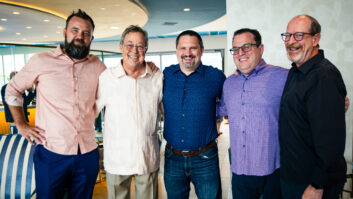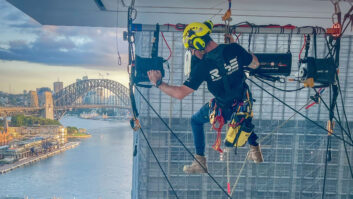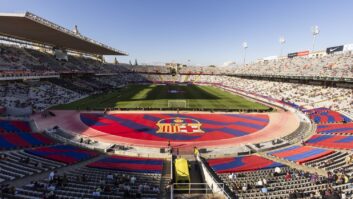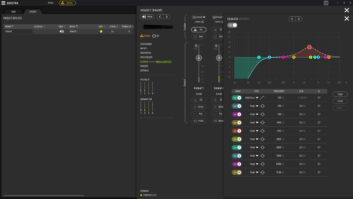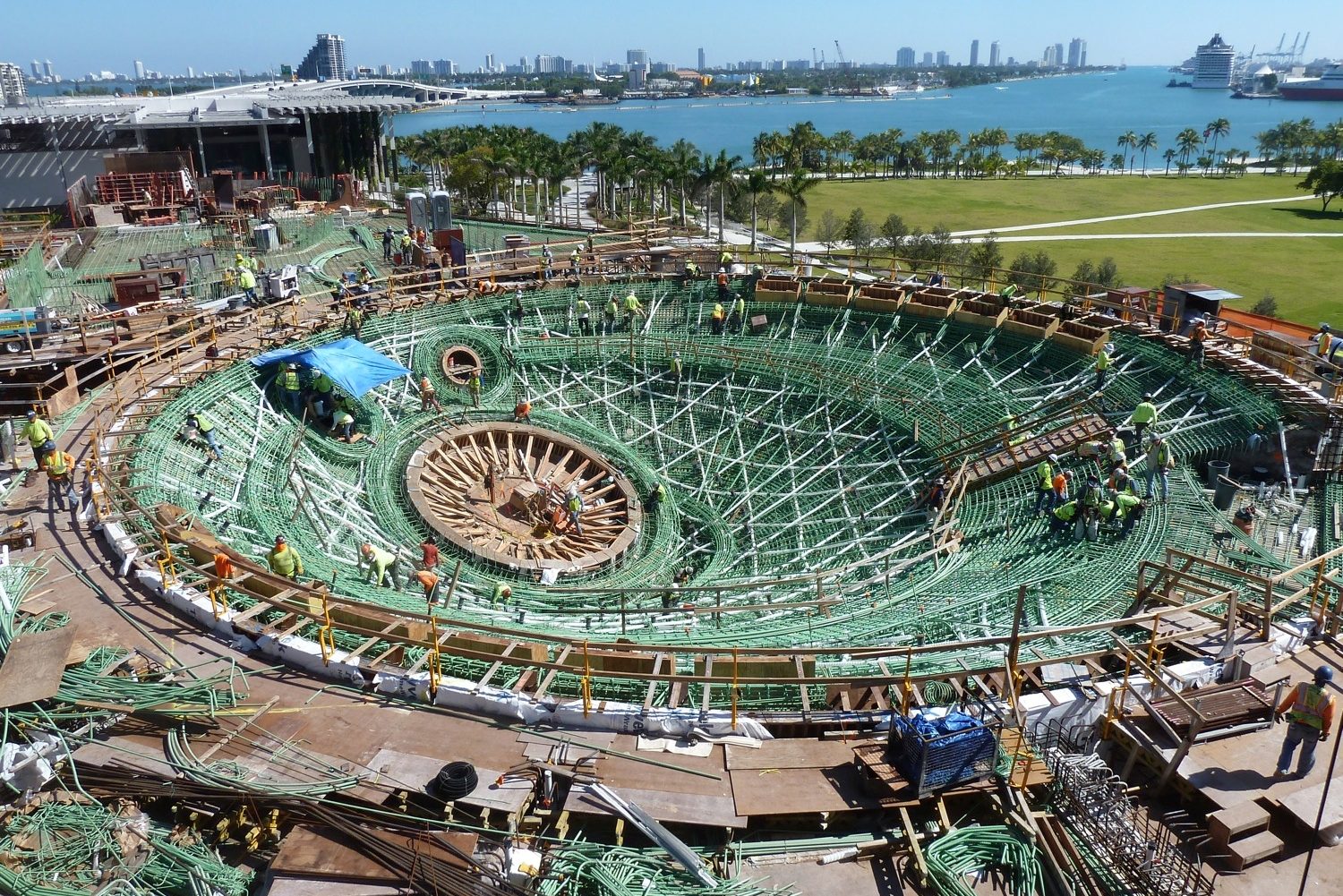
Major AV projects are almost always complex projects. Ian McMurray looks at the proactive steps that integrators and others can take to ensure that complex installations reach a successful conclusion.
With 100 billion neurons and some 100 trillion nerve connections, it will come as no surprise to find that the most complex thing known to mankind is the human brain. The space shuttle, for example, with its mere 2.5 million parts, 370km of cable, 1,000+ valves and connections and more than 1,400 circuit breakers, pales into insignificance beside it. Even the complexity of the Stratix 10 FPGA, with its 30 billion transistors, doesn’t really come close.
The world has become more complex – and, very often, that complexity is reflected in the AV industry: the halcyon days when a projector and screen were the height of audiovisual sophistication are long gone. But what creates the complexity in today’s installations – and how can integrators ensure that particularly challenging projects are no less successful than simpler ones?
“Location is one of the challenges that contribute most to project complexity,” believes Ross Magri, managing director of visitor attractions designer Sarner. “Working in emerging economies and dealing with differences in culture, customs and immigration, lack of local resources and contractors who, shall we say, don’t necessarily have the focus on deadlines that we do can make life difficult.
“That’s not to say that complex technology does not present its own challenges, especially if it’s very new and may have been rushed to market and hasn’t benefited from being fully tested within a complete, integrated system,” he goes on, “but these challenges are manageable – whereas locations are much less so.”
Projects get much less simple when there are multiple stakeholders/client teams or multiple clients
Steve Blyth, Engage Works
Multiple stakeholders
For consultant Roland Hemming, who specialises in the design and management of audio installations, it’s the number of stakeholders that can make life difficult – as was the case with his involvement in the London 2012 Olympics.
“We needed to ensure that the requirements of the athletes, the broadcasters, the spectators, each venue team, local authorities and so on were all met – and work in conjunction with many other departments and with numerous contractors. The requirements and expectations of these different groups are quite different and sometimes in conflict. Finding a way through this, while also delivering your element, can be hard.”
He has an ally in Steve Blyth, founder and group CEO of creative technology agency Engage Works.
“Projects get much less simple when there are multiple stakeholders/client teams or multiple clients,” he notes. “That leads to more interfacing, more delays, more budget overspend risk, longer sign-offs and so on. Even if it’s a single site or one location/project – all these points can make it overly complex. Overlay that with multiple sites, and things like installing a large project into a working site that involves out-of-hours working, or IT issues like DMZ lockdowns and remote access for future support – and it can drive you to despair. The technology is usually the easy bit in comparison.”
He is not alone in his belief that the technology is seldom the issue – even when it’s leading-edge.
Holistic view
“We are typically hired to deliver projects with designs and ideas that have never been tried before,” says Blair Parkin, EMEA principal at international technology consultancy TEECOM. “This usually means specifying and working with cutting-edge, highly innovative technologies, or repurposing technology that has only previously been used in a different application. However, one of the things that typically defines a particularly complex project is that of the ‘project container’ – the building itself or a project’s surroundings.
“We have to think beyond the technology and instead look at how it will be co-ordinated with everything else on the project – taking a truly holistic view, if you will,” he continues. “We can control the technology, but the real challenge lies in harnessing the building’s features and the application itself. For us, a complex project is one that needs lots of technology design co-ordination with other disciplines from architects, to engineers, scientists and other stakeholders.”
The challenge Parkin sees is one that Sierk Janszen, partner and co-founder of experience technology company Rapenburg Plaza, also sees – although for him, the technology can also make a project more difficult.
“An element that can add to complexity is working with a lot of specialist disciplines in a relatively confined space,” he declares. “The Canon of the Netherlands, a project that we recently completed, is packed with technical apparatus and miles of cables and tubes, as well as historical exhibits and artefacts and a lot of props and scenery. When delays occur – and they always will – they affect a lot of people. Even the shortest delay on the part of one of the specialists can cause a huge problem at the end of the process.”
“Complexity also often occurs when the client gets carried away in the middle of a project and wants a system to do more than it was designed for,” he continues. “Obviously, we do the best we can to accommodate all needs: we rarely say ‘no’.”
Twelve warning signs that tell you your project is likely to become complex
1. You find yourself working in unfamiliar surroundings
2. A deadline early in the project is missed
3. The customer says: “Can you just…?”
4. You need to make technology do something it hasn’t done before
5. There are multiple stakeholders involved
6. The working environment is multi-disciplinary
7. The project is highly constrained by the physical environment
8. You don’t have 100% clarity on the requirement/expectation
9. You haven’t identified and mitigated/eliminated potential risks
10. You’re uncomfortable with the level/nature of communication with the customer
11. You’ve done countless projects like this before – so you dispense with a plan
12. You’re at some hierarchical distance from the decision-maker
www.engageworks.com
www.rapenburgplaza.com
www.rhconsulting.eu
www.sarner.com
www.teecom.com

